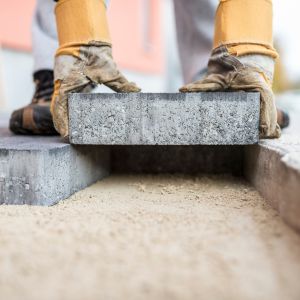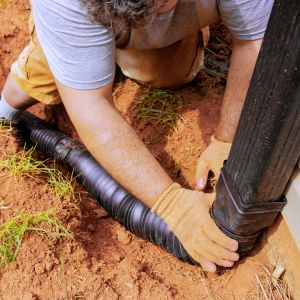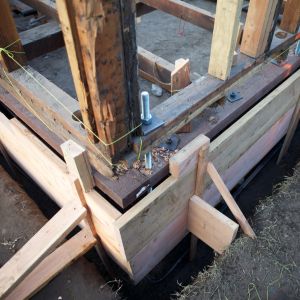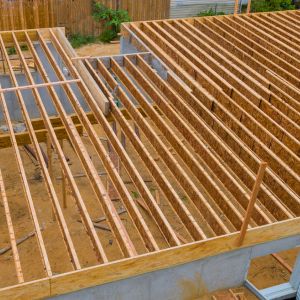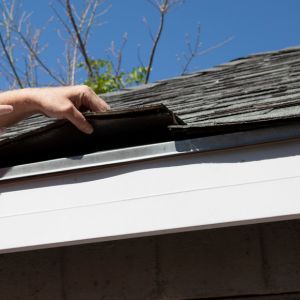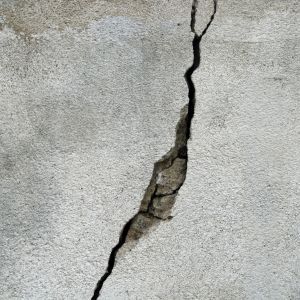Retaining walls are essential for preventing soil erosion, managing water drainage, and providing structural support to properties built on uneven terrain. Over time, environmental factors, soil pressure, and water accumulation can weaken these walls, leading to potential collapse. Repairing and reinforcing them is crucial to maintaining the stability and safety of surrounding structures.
How Retaining Walls Deteriorate Over Time
1. Soil Pressure and Structural Shifts
The weight and movement of soil exert continuous pressure on retaining walls. Poor drainage, seismic activity, and natural settling of the ground can cause gradual shifts, leading to cracks and tilting. Early detection of movement prevents costly reconstruction.
2. Water Damage and Drainage Issues
Poor drainage contributes to retaining wall failure by allowing water to accumulate behind the structure. This hydrostatic pressure weakens the wall, leading to bulging, cracking, or complete collapse. Installing proper drainage solutions such as weep holes and gravel backfill mitigates water-related stress.
3. Material Wear and Erosion
Retaining walls made of concrete, stone, or timber degrade due to weather exposure, freeze-thaw cycles, and erosion. Small cracks or surface wear can develop into significant structural failures if left unaddressed.
Signs That a Retaining Wall Needs Repairs
1. Visible Cracks and Gaps
Cracks in retaining walls indicate structural stress. Horizontal cracks suggest excessive soil pressure, while vertical cracks may result from material expansion and contraction. Immediate repairs prevent further weakening.
2. Tilting or Leaning Walls
A retaining wall that leans outward signifies a failure in load-bearing capacity. This could result from soil shifts, inadequate reinforcement, or poor construction. Stabilizing the wall with additional support prevents further displacement.
3. Water Seepage and Soil Erosion
If water seeps through the wall or soil is eroding from behind it, drainage issues are likely the cause. Addressing these concerns with waterproof coatings and improved backfill material reduces long-term damage.
Reinforcement Techniques for Retaining Walls
1. Installing Tiebacks and Anchors
Tiebacks and helical anchors provide additional stability to retaining walls by counteracting soil pressure. These reinforcements help prevent movement and maintain wall alignment.
2. Using Geogrids and Reinforced Soil Structures
Geogrids are mesh-like materials embedded in soil to strengthen retaining walls. This technique enhances stability by distributing pressure evenly and reducing the risk of wall displacement.
3. Applying Shotcrete and Concrete Resurfacing
Shotcrete reinforcement involves spraying concrete onto a damaged wall to restore its strength. This method is effective for reinforcing deteriorating masonry or concrete retaining walls.
Preventative Measures to Extend Retaining Wall Lifespan
1. Proper Drainage System Installation
Ensuring that water flows away from the retaining wall prevents hydrostatic pressure buildup. French drains, gravel backfills, and perforated drainage pipes help maintain long-term structural integrity.
2. Regular Inspection and Maintenance
Routine inspections identify minor cracks, erosion, or tilting before they escalate. Timely sealing, resurfacing, and reinforcement extend the wall’s functionality.
3. Reinforcing Walls Against Seismic Activity
For properties in earthquake-prone areas, additional reinforcements such as steel reinforcements and flexible joints minimize seismic impact. Strengthening walls with shock-absorbing materials enhances durability against ground movement.

